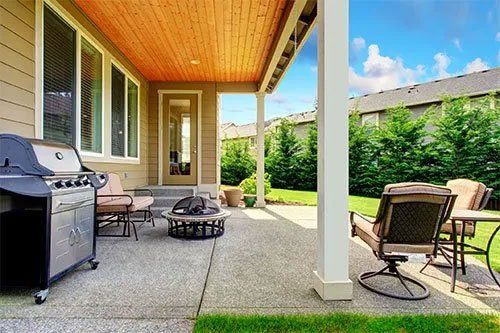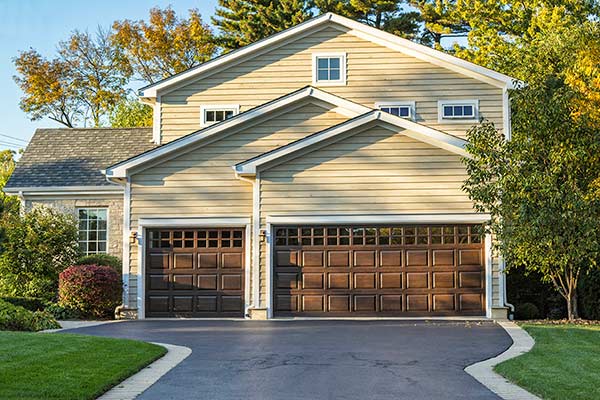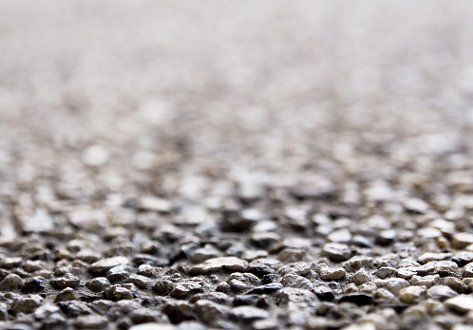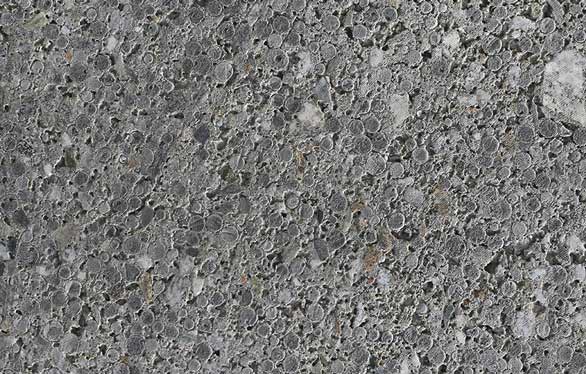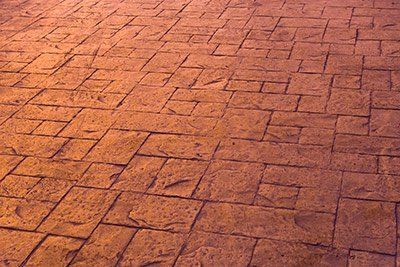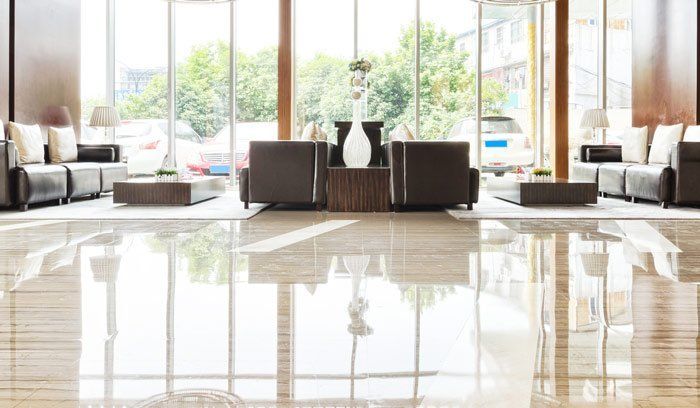Homeowners sometimes take creative liberty when they design outdoor spaces. They may feel the need to stay within décor norms for the house but allow their creativity free reign when it comes to outdoor areas, like a patio. If you're designing a new or updated patio, consider approaching the project with creative flair.
Make the Shape Freeform
One of the big advantages of concrete over other paving materials is contractors pour it rather than fit it together, as they would with pavers. Therefore, they can make your patio into any shape they can create a form for. In other words, almost any shape is possible. In this case, consider choosing a freeform shape, which consists of attractive arcs and curves.
Before the contractors you hire pour the concrete, observe the space you have. Look for creative ways the patio can occupy that space. For example, the flooring can sweep around the entry door and gradually narrow down to nothing at the base of a foundation garden. You can even incorporate other concrete structures, such as planters or a fire pit, into the flooring.
If you have an existing patio, look for ways to augment the shape. For example, you can soften corners with round planters. You can also extend a concrete path so it hugs part of the line of the existing patio, thus making the shape more amorphous.
Devise Stamping to Pattern the Surface
No matter the shape of your patio, you can add more of your creative flair with patterning on the surface.
With a freshly-poured patio, you can have the contractors stamp the surface. While it's common to have the concrete stamped to resemble another material, such as brick, that's not your only option. Rough or sanded stone stamps can add texture without mimicking another material. That said, you can have parts of the concrete stamped with a stone or brick pattern to enhance the patio's shape and add variety.
If you're updating an existing patio, you have a couple options. You can resurface it, during which time the contractors can stamp the thin layer of concrete they just applied. Another option is to add the pattern to the new concrete you add to change the shape. For example, if you add a sweeping path at the edge, consider having it stamped with a fan pattern to emphasize the curve.
Add Color
Another common technique for any concrete patio installation is adding color. Contractors have two main techniques for adding color - stains and dyes. With staining, they apply a stain that reacts chemically with the concrete. For dying, they apply a colorant that seeps into the concrete. They can use the two congruently or separately.
Dying is the process that yields the brightest color. If you want a truly creative floor, such as one featuring a mural or graphic shapes, the contractors will probably use dye.
Staining is ideal if you want to keep the coloration subtle. The process allows you to be playful with shapes and gradients of color. For example, you could have the contractors apply one stain along the edge and fade it into a different, analogous color.
Consider Incorporating Aggregates
Exposed aggregate is another common concrete technique. The contractors mix the aggregate into the concrete and power wash the top layer to expose it - hence, the name.
The
aggregate
you choose can add both color and texture. So, you can use it in conjunction with your coloration and stamping processes to create a unique design. For instance, the contractors can finish most of the patio in beige aggregate and border it with stamped concrete colored a deeper shade.
Another way contractors can add aggregate is by seeding it after they've poured the slab. With this process, they can stick with the usual river rock or add more colorful materials, such as glass beads. Indeed, this process is common with swimming pool liners. It can translate beautifully to your creative patio.
Make your patio unique with creative applications of common decorative concrete processes.
Carolina Concrete Designs Inc
can make your vision a reality.
